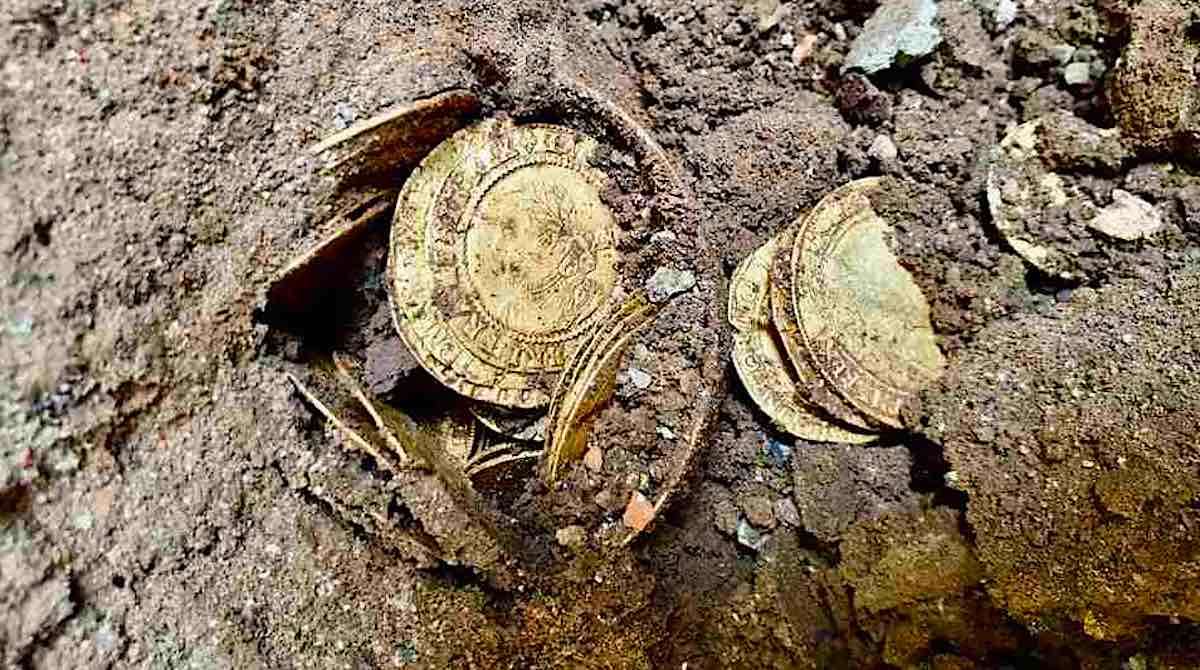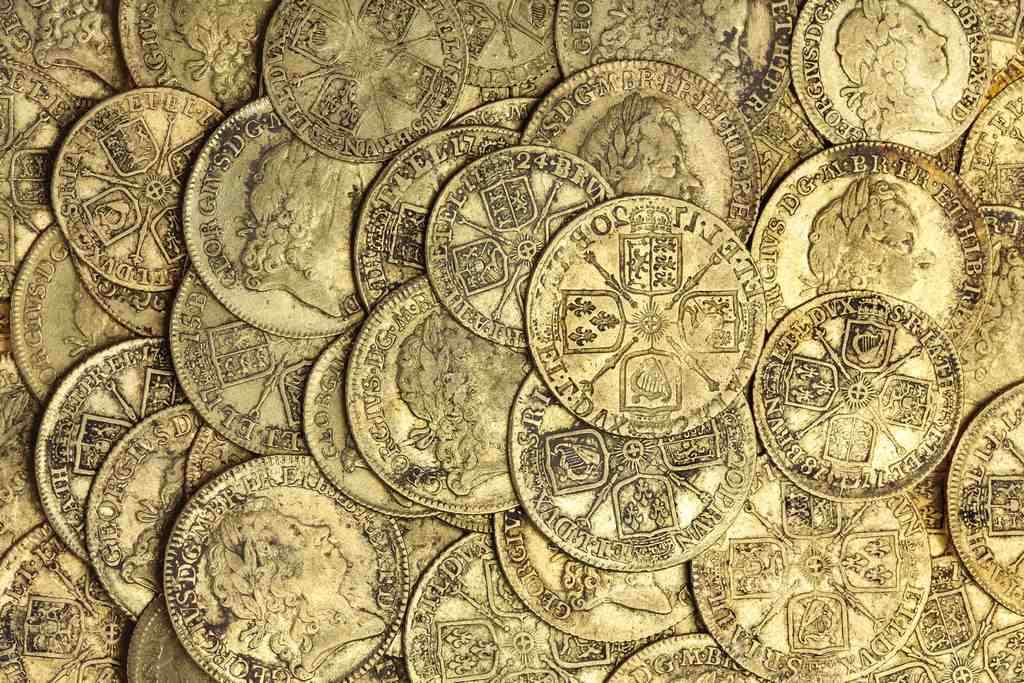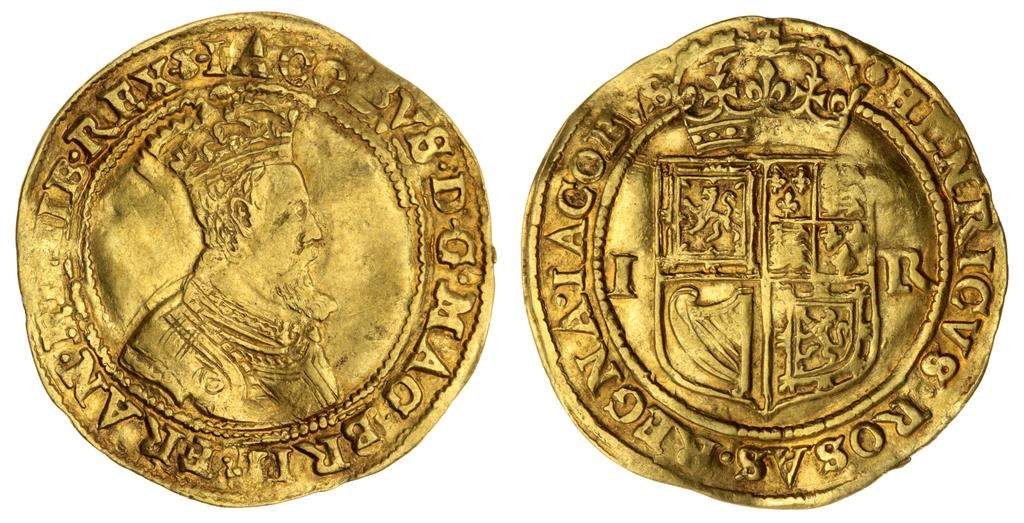New Wyoming Carbon Capture Project Will Eliminate 5 Million Tons of CO2 Per Year
Project Bison is slated to be fully-operational by 2023 in a state that has long been a stronghold for fossil fuel industries.

A lucky couple found a hoard of 260 British gold coins stashed away in a small metal pot under the floorboards of their home.
Dating from the reigns of James I to George I, they contain £100,000 worth of gold in todays money, but as numismatic relics of Great Britain's past, auctioneers expect the collection to fetch £250,000.
Recently moving into a 18th-century property in Ellerby, North Yorkshire, kitchen renovations saw the the couple uncover the treasure on July 13th, 2019.
Originally believing it to be the ruins of electrical wiring, they called a London-based auctioneer, Spink & Son for help appraising the mysterious glittering coins. Auctioneer Gregory Edmund said the remarkable trove is unlike any find in British archeology or like any coin auction in living memory
Whilst the find is the stuff of dreams, Edmund added that the actual contents are not especially ‘mind-blowing'—they simply reflect the £50 and £100 coins of day-to-day exchange buried and mysteriously never recovered by their wealthy owner.
The Ellerby Hoard is almost undoubtedly the property of the wealthiest family from that area—Joseph and Sarah Fernley-Maisters who married in 1694, and who were perhaps the most influential mercantile family in nearby-Hull from the late 16th to 18th centuries, trading as importers and exporters of iron ore, timber and coal from the Baltic.
Several generations served as Members of Parliament in the early 1700s, and Joseph would also become something like a real estate tycoon.


Auctioneer Edmond felt the Fernley-Maisters clearly distrusted the newly-formed Bank of England, the ‘banknote' and even the gold coinage of their day because they choose to hold onto so many coins dating to the English Civil War and beforehand.
While most of the coins were standards issues, a few stick out as unique. One, a George I guinea from 1720, has a minting error in that the coin is missing the king's head. A second is a Brazilian gold coin that was minted in 1720 and which circulated, albeit in a state of outlawry, in England during that time.
Coincidentally, as the 1996 Treasure Law stipulates, any gold or silver coin minted 300 years in the past becomes government property and is bought from the finder at a fair market price for placement in a museum.
All but one of the coins were minted around 292 years ago, making them not treasure and therefore able to be auctioned.
SHARE This Couple's Wild Luck And Amazing Treasure On Social Media…
Be the first to comment